RAW or cooked?
Share
Digital cameras can capture images in either RAW or JPEG mode. The RAW format is uncompressed, capturing all the information, pixel for pixel, as it was read by the pixels of the sensor. The JPEG format is compressed, taking your camera settings into account and saving the image as it was captured according to these settings.
It erases the rest of the information, which results in a smaller file size.
Beginner tip
If you prefer not using RAW, use the largest JPEG setting on your camera with the least compression. You need as many pixels as possible in the least compressed format, because you never know what the image is destined for in future. If you take the photograph of your dreams and you want to print it for your wall, you need to have the pixels to do this. But try to move to RAW as soon as possible.
Pro tip
Don’t get stuck with overcooked images – use RAW. If you make a mistake when photographing, like getting the exposure
wrong or using the wrong colour temperature, you will be able to fix it if you use RAW – you can always cook it later. The disadvantage of RAW is that the image file sizes are larger. But what’s the use of having a pro camera if you throw away most of the information by using JPEG?

How you can take a similar image
Lens: Super telephoto lens.
Settings: Medium ISO. Maximum aperture.
How: When photographing white birds, it is critical to photograph in RAW. If some of the highlights in the white are blown out, then you cannot pull them back if you used JPEG. So, set the camera to RAW.
